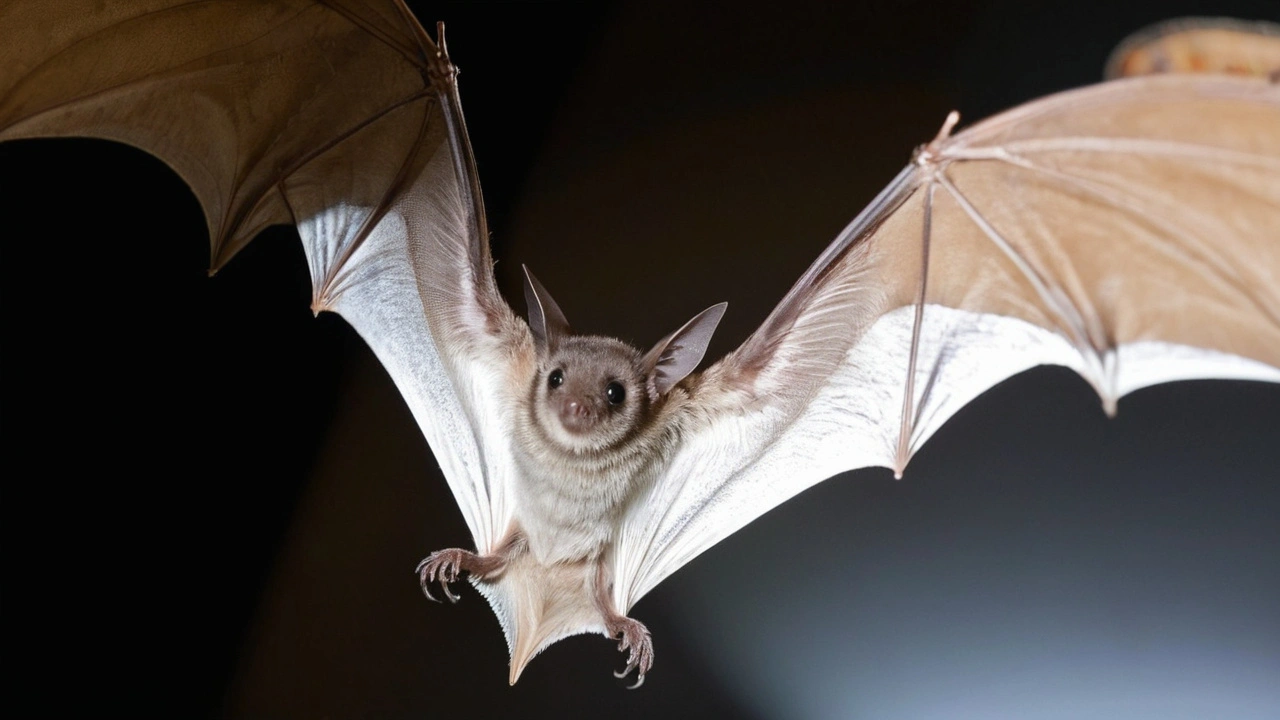Wildlife conservation in Africa isn’t just about rhinos and elephants—it’s about real people, land, and practical solutions that actually work. Game farms play a huge role here, serving as safe havens for endangered species, key breeding grounds, and often the frontline protection against poachers.
So, what’s really going on behind those fences? For starters, many game farms don’t just focus on hunting or tourism money. Plenty of them invest in anti-poaching patrols, habitat restoration, and close monitoring of local animal populations. For example, farms in South Africa use camera traps, drones, and GPS collars to track rhinos. This isn’t just for show; poaching rates drop fast when technology gets involved.
On top of tech, there’s a groundswell of community involvement. Game farms that stick around for the long haul almost always support local jobs, fund schools, or drive eco-tourism projects. When locals see real benefits from conservation—like jobs, clean water projects, or scholarships for their kids—they’re much more likely to protect animals rather than see them as competition for land or resources.
But it’s not all smooth. There are still heated debates. Some critics argue that game farming, when it gets too commercial, misses the whole point of conservation. Others point to success stories—like how certain game farms have helped black rhinos and cheetahs bounce back from the brink of extinction. Hard numbers show some farms have nearly doubled their antelope populations in under a decade.
Eco-tourism also gets a lot of attention. Guided wildlife walks, photo safaris, and ‘voluntourism’ (yes, people pay to help out) generate money that goes straight back into the land. This isn’t just a marketing gimmick. Funds from tourists have paid for anti-poaching fences in Zimbabwe and veterinary care in Namibia, making a visible difference.
Of course, there’s the challenge of balancing profit and purpose. Some farms still rely on trophy hunting fees to fund conservation work, which splits opinion across Africa and the world. But without these funds, it’s tough to cover salaries for rangers or buy meds for injured animals. The good news? Many game farms are tiptoeing toward more sustainable models, testing alternatives like renewable energy, regenerative grazing, and bumper crops to reduce their environmental footprint.
What’s next? Watch for tech-driven conservation, direct community partnerships, and bolder experiments in eco-tourism. With so much change, African game farms are a testing ground for conservation that actually works—or fails fast. The lessons learned here set the tone for the rest of Africa and maybe the world. If you want to keep up with what’s working and what’s not, you’re in the right place.

White-Nose Syndrome has severely impacted bat populations in New Jersey, with once thriving colonies now facing decimation. This fungal disease disrupts hibernation, leading to early death. Conservationists and researchers are working tirelessly to monitor and manage the disease, using methods like UV light to track its progression.
Read More >>